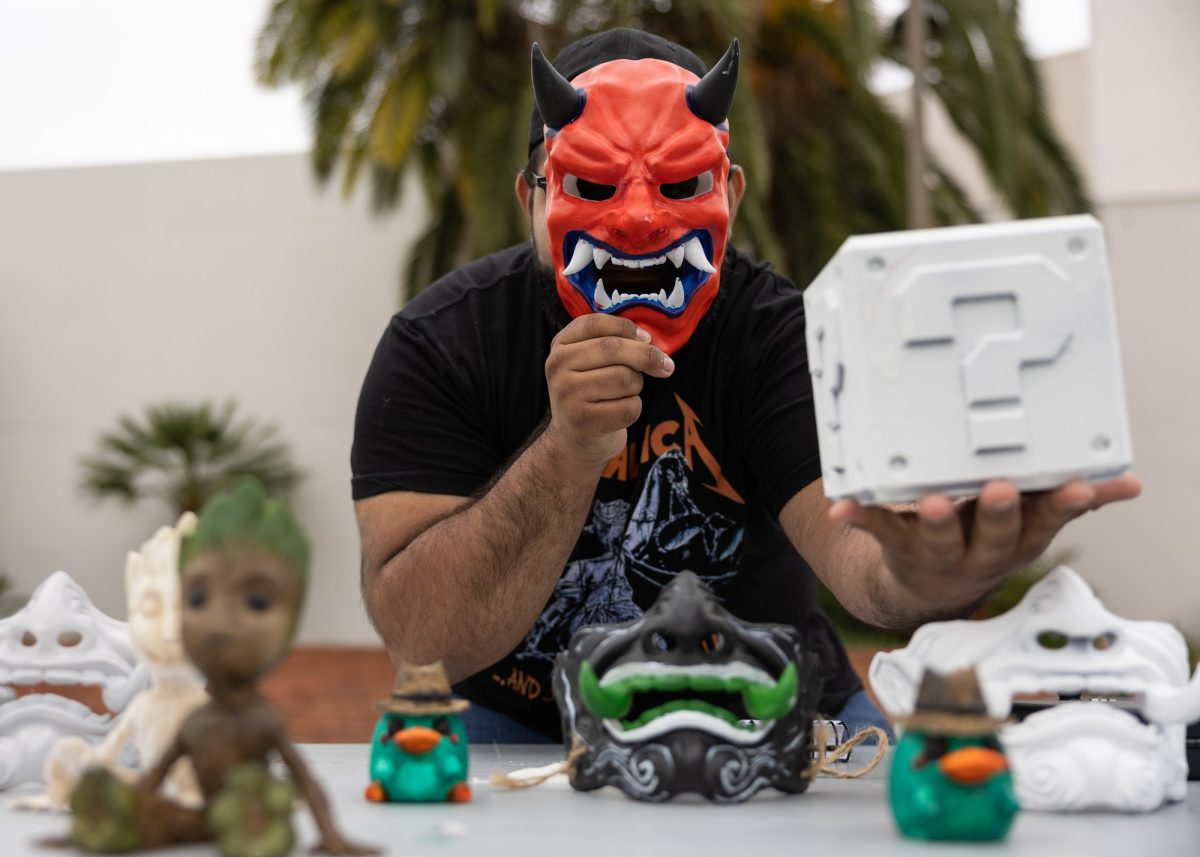Smooth Irish whiskey, bunnies, dyed eggs and ice-cold Mexican beer all keep the spring from getting boring; one may wonder what all of these have in common. Ultimately, they are all symbols of spring holidays.Practically every college student knows something about St. Patrick’s Day, Easter or Cinco de Mayo, but there were few who proved to know the significance behind these familiar holidays.
Students were polled by the Union on the meaning of St. Patrick’s Day and most didn’t know a thing about the holiday except for the traditional wearing of green. Nonetheless, there is more to St. Patrick’s Day than wearing green, drinking and getting pinched. The holiday began as a Catholic feast to celebrate the life of a British slave, turned priest, who’s credited with bringing Christianity to Ireland in the early fifth century.
Students were also polled on the Mexican holiday Cinco de Mayo, or May 5 for those who don’t speak Spanish. Commonly Cinco de Mayo is thought of as Mexican Independence Day, however, it’s not.
Seventeen students surveyed believed that Mexico won its independence from Spain on May 5 many years ago, while only 13 realized the true meaning, that Cinco de Mayo actually commemorates the day when Mexico maintained its independence from France in 1862 at the battle of Puebla.
France had attempted to establish its own leadership in Mexico, as a way of repayment, but the Mexican army successfully defeated its well-trained opponents and gave society, 142 years later, a day to party and drink beer.
Easter is a holiday most understood since it is primarily a religious holiday. However, the plaguing question is, “How did a bunny become equated with one of Christianity’s holiest days?”
“Easter celebrates Christ’s resurrection,” Francis Shulte, professor of philosophy of religion, said. “Its importance lies in the idea that we are an Eurocentric society.”
“The Easter bunny has its origin in pre-Christian fertility lore,” according to www.holidays.net. “The Hare and the Rabbit were the most fertile animals known, and they served as symbols of the new life during the spring season.”
However, it was not until the 18th century that the bunny was used as an Easter symbol in America. According to www.petplace.com, “The Easter Bunny was introduced to American folklore by the German settlers who arrived in the Pennsylvania Dutch country during the 1700s.”
The rabbit is believed by some Christians to representent Christ saving man. According to the website, a rabbit could also symbolize Christ being “‘taken’ as a lamb to the slaughter.”
Of course, the holiday of Easter celebrates Christ rising from the dead after being put to death three days earlier.
“Since we are of Western European cultural values, we celebrate Easter, the same as we celebrate Christmas,” Shulte said. “The only thing that makes the birth of Christ (Christmas) important is the death of Christ (as celebrated on Good Friday); everything leads to that point.”





